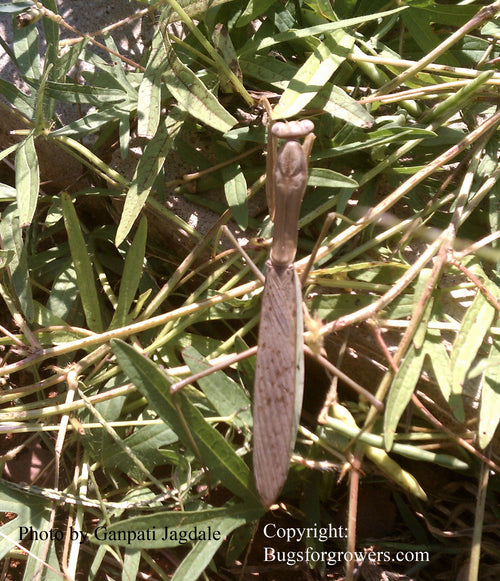Gypsy moth
Damage caused by the Gypsy moth
Gypsy moths are considered as one of the most damaging pests of forest trees. Only larval stages of gypsy moths cause serious damage by feeding on the leaves of forest trees. In case of severe infestation, gypsy moth larvae can completely defoliate host trees.
Facts (show all)
- Common names
-
- The Gypsy moth
- Scientific name
-
- Lymantria dispar
- Identification
-
Adults: Females of the gypsy moth are white in color with black marks on their forewings whereas males are dark brown in color with black spots on their forewings.
Eggs: Eggs of gypsy moth are black in color and covered with tan to buff colored hairs.
Larvae/Caterpillars: Mature larvae of gypsy moth are dark in color with hairy body, black and yellow head capsule, and blue and red spots on their back.
Pupae: Pupae of gypsy moth are dark brown in color, 2 inches long and covered with hair.
- Biology
-
Females of the gypsy moth lays eggs in clusters on the tree trunks. Gypsy moths overwinter as eggs that hatch early in the spring into first stage larvae that do not feed. The first stage larvae then molt into second stage larvae that starts feeding on the leaves until they reach to their maturity in late June. Matured larvae then pupate on the tree trunks, walls or other structures in July. Adult moths emerge from pupae from late July through August. Gypsy moths generally complete one generation in a year.
- Organic Control of the Gypsy moth
-
- Following beneficial bugs and plant products are used for organic control of the Gypsy moth
- Egg parasitic wasps
-
- Trichogramma brassicae
- Trichogramma pretiosum
- Trichogramma minutum
- Trichogramma platneri
- Predatory praying mantis
-
- Tenodera aridifolia sinensis
- Stagmomantis crolina
- Plant Product
-
- Molt-X® - (Active ingredient – Azadirachtin a compound isolated from neem leaves)


